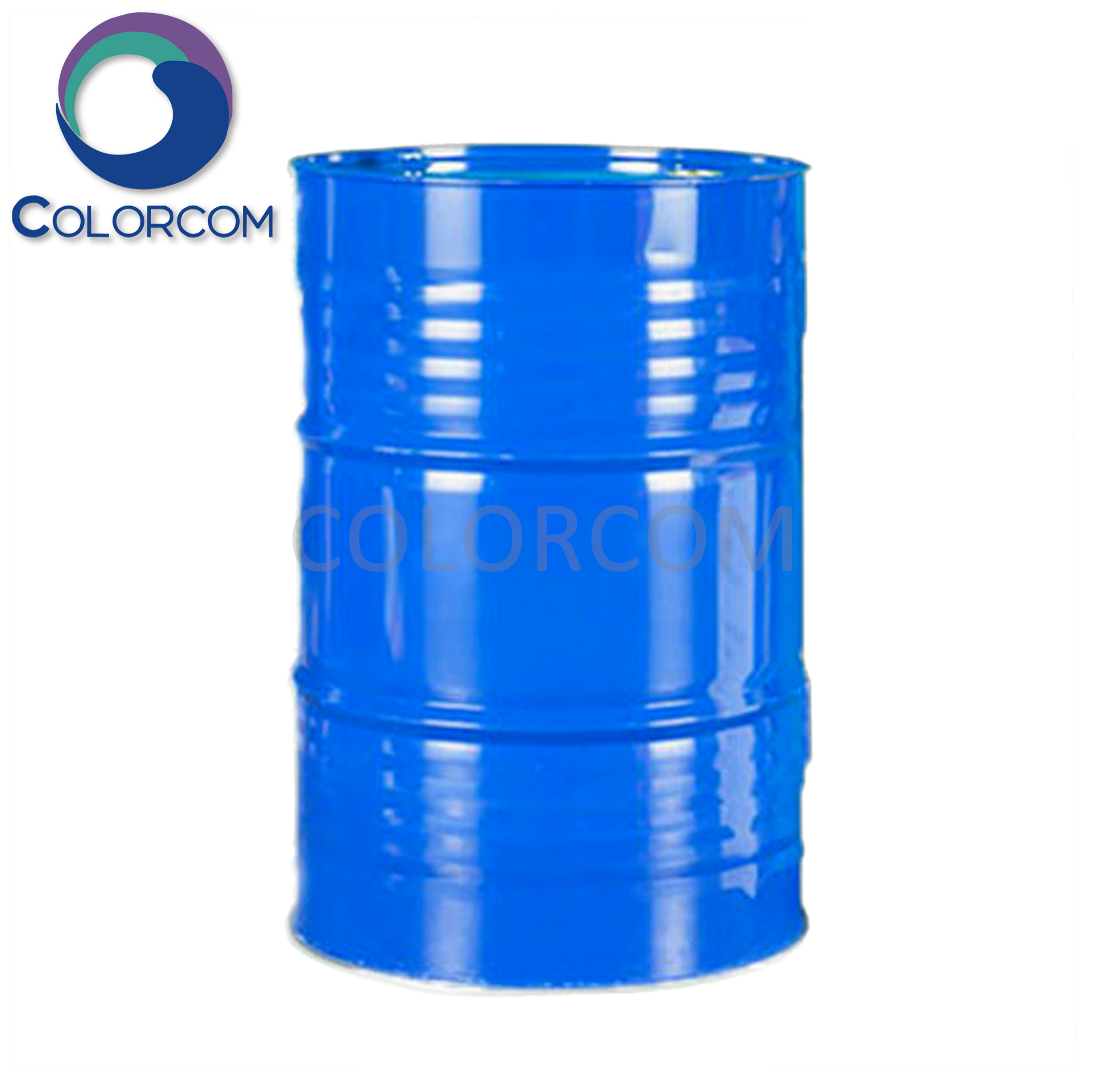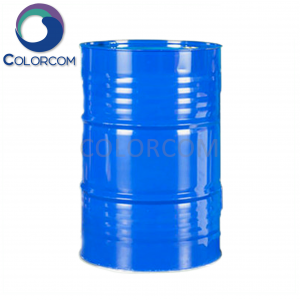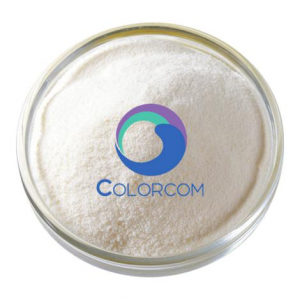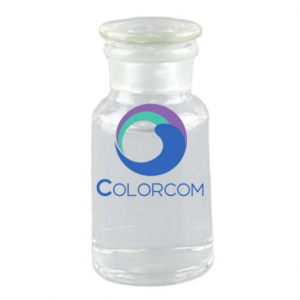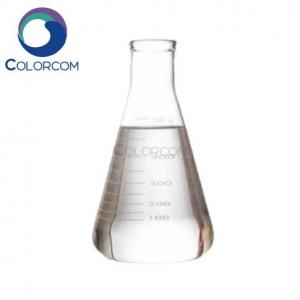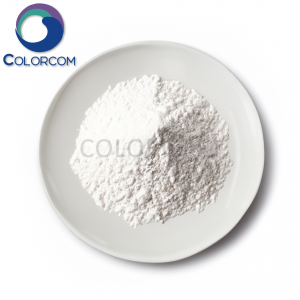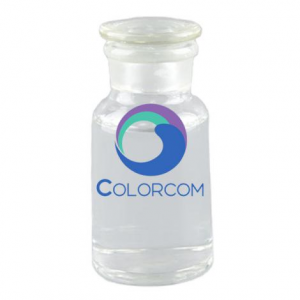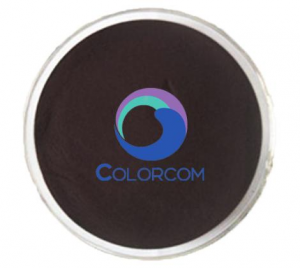Ethyl Acetate | 141-78-6
Product Physical Data:
| Product Name |
Ethyl Acetate |
| Properties |
Colorless clarified liquid, with aromatic odor, volatile |
| Melting Point(°C) |
-83.6 |
| Boiling Point(°C) |
77.2 |
| Relative density (Water=1)(20°C) |
0.90 |
| Relative vapour density (air=1) |
3.04 |
| Saturated vapour pressure (kPa) |
10.1 |
| Heat of combustion (kJ/mol) |
-2072 |
| Critical temperature (°C) |
250.1 |
| Critical pressure (MPa) |
3.83 |
| Octanol/water partition coefficient |
0.73 |
| Flash point (°C) |
-4 |
| Ignition temperature (°C) |
426.7 |
| Upper explosion limit (%) |
11.5 |
| Lower explosion limit (%) |
2.2 |
| Solubility | Slightly soluble in water, soluble in most organic solvents such as ethanol, acetone, ether, chloroform, benzene, etc.. |
Product Properties:
1.Ethyl acetate is easily hydrolysed, and also gradually hydrolysed to form acetic acid and ethanol in the presence of water at room temperature. The addition of trace amounts of acid or base can promote the hydrolysis reaction. Ethyl acetate can also undergo alcoholysis, ammonolysis, ester exchange, reduction and other common reactions of general esters. It condenses by itself in the presence of sodium metal to form 3-hydroxy-2-butanone or ethyl acetoacetate; it reacts with Grignard's reagent to form ketone, and further reaction gives tertiary alcohol. Ethyl acetate is relatively stable to heat and remains unchanged when heated at 290°C for 8-10 hours. It decomposes into ethylene and acetic acid when passed through red-hot iron pipe, into hydrogen, carbon monoxide, carbon dioxide, acetone and ethylene through zinc powder heated to 300~350°C, and into water, ethylene, carbon dioxide and acetone through dehydrated aluminium oxide at 360°C. Ethyl acetate is decomposed by ultraviolet irradiation to produce 55 per cent carbon monoxide, 14 per cent carbon dioxide and 31 per cent hydrogen or methane, which are flammable gases. Reaction with ozone produces acetaldehyde and acetic acid. Gaseous hydrogen halides react with ethyl acetate to form ethyl halide and acetic acid. Hydrogen iodide is the most reactive, while hydrogen chloride requires pressure to decompose at room temperature, and is heated to 150°C with phosphorus pentachloride to form chloroethane and acetyl chloride. Ethyl acetate forms various crystalline complexes with metal salts. These complexes are soluble in anhydrous ethanol but not in ethyl acetate and are easily hydrolysed in water.
2.Stability: Stable
3.Prohibited substances: Strong oxidants, alkalis, acids
4.Polymerisation hazard: Non-polymerisation
Product Application:
It can be used to dissolve nitrocellulose, printing ink, oil and grease, etc. It can also be used as a raw material for paints, artificial leather, plastic products, dyestuffs, medicines and spices, etc.
Product Storage Notes:
1.Store in a cool, ventilated warehouse.
2.Keep away from fire and heat source.
3.The storage temperature should not exceed 37°C.
4.Keep the container sealed.
5.It should be stored separately from oxidising agents, acids and alkalis, and should never be mixed.
6.Use explosion-proof lighting and ventilation facilities.
7.Prohibit the use of mechanical equipment and tools that are easy to generate sparks.
8.The storage area should be equipped with leakage emergency treatment equipment and suitable shelter materials.


